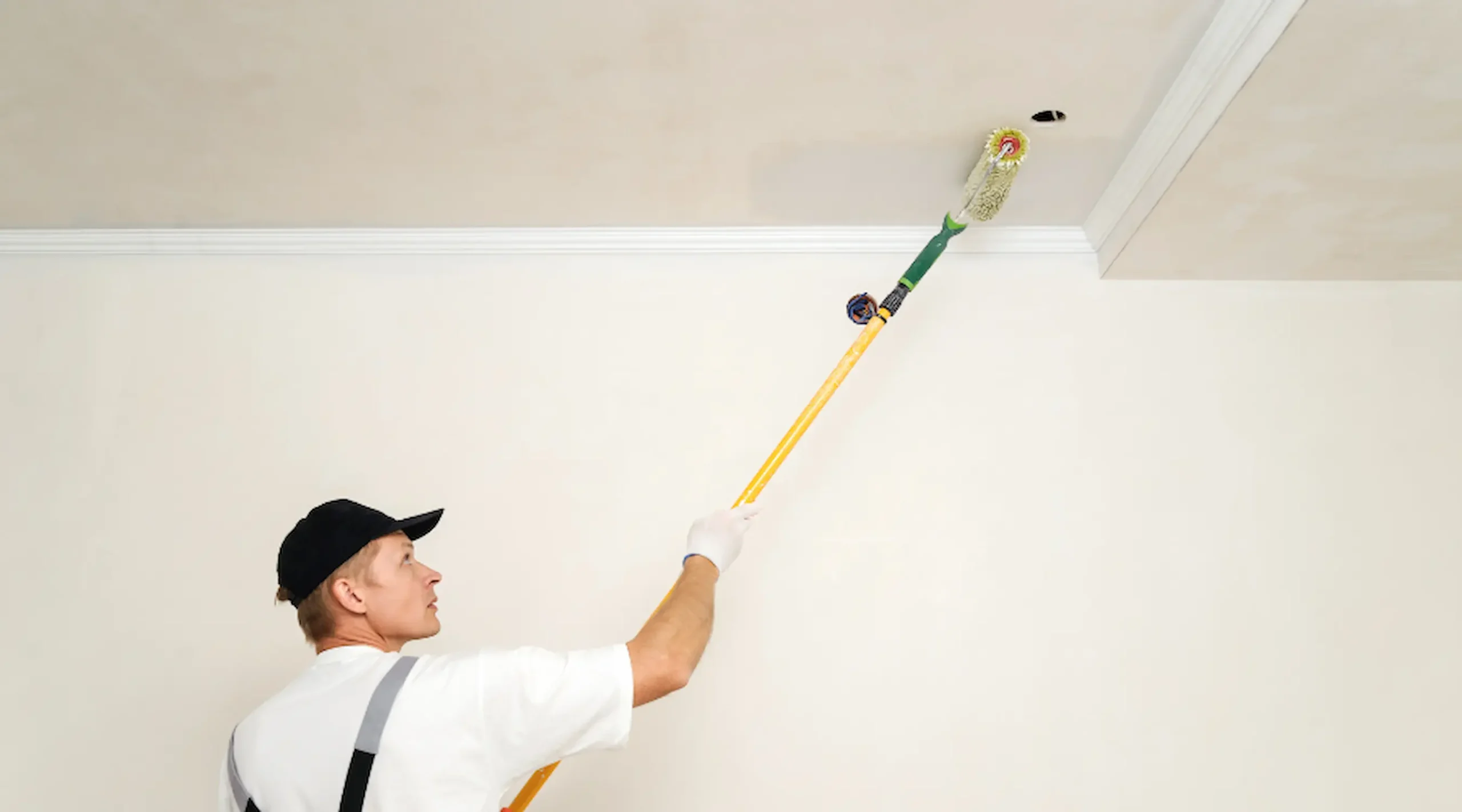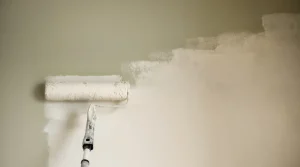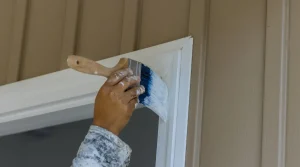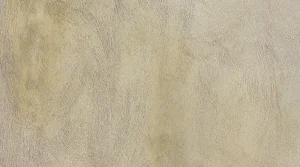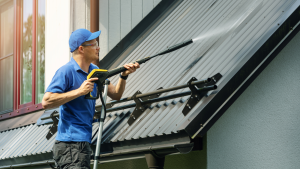Key Takeaway
- Textured wall and ceiling painting is making a strong comeback in interior design, adding depth, character, and a unique aesthetic to spaces.
- This versatile trend is celebrated for its ability to personalize homes, hide imperfections, improve acoustics, and integrate with smart technology. With new eco-friendly materials and innovative techniques, textured finishes are here to stay.
In interior design, trends come and go, yet some styles return with renewed popularity. Textured wall and ceiling painting is one such trend, captivating homeowners and designers alike. This versatile technique brings character to spaces, blending timeless appeal with modern advancements in materials and application.
The New Trend in Wall Painting
Today’s wall painting trends go beyond traditional color application. Textured finishes, from delicate and subtle effects to bold and dramatic designs, create a lasting impression. This aesthetic approach is not just about appearance—it also transforms how we experience a space, adding tactile intrigue to any room.
Are Textured Walls Coming Back in Style?
Yes, textured walls are making a solid comeback. For years, smooth and minimalist finishes reigned supreme. Now, textured surfaces are appreciated for their unique charm and the way they add depth to rooms. This change is indicative of a desire for more individualized home environments, allowing homeowners to express individuality and creativity in every corner.
Why Are Textured Walls Popular?
Textured walls have gained popularity for several reasons:
1. Visual Interest
Adding texture brings dimension, complexity, and a sense of artistry to otherwise flat surfaces. Textured walls and ceilings offer unique design elements that go beyond conventional paint.
2. Concealing Imperfections
Textured finishes can cover minor surface flaws, helping to create a polished look without extensive wall repairs. This makes them ideal for older homes where walls may have minor imperfections.
3. Acoustic Benefits
Certain textures are known to absorb sound, enhancing the acoustics of a room. In home theaters or spaces prone to echo, textured finishes can be both stylish and functional.
4. Variety in Style
Predictions for Industry Patterns
There is a textured finish for every design taste—from rustic plaster and Venetian stucco to contemporary geometric patterns. The adaptability to create a wide variety of appearances allows designers and homeowners to match textures with any aesthetic.
Looking to the future, several factors are likely to shape the world of textured wall and ceiling painting:
1. Sustainable Materials
Eco-conscious consumers are driving demand for sustainable, recyclable, and biodegradable materials in interior design. This trend will likely bring more eco-friendly options for textured finishes, such as biodegradable plasters and natural fibers.
2. Increased Customization
Personalization in home design continues to rise. We can expect to see more options for customized textures that can be tailored to individual preferences, allowing homeowners to create spaces that feel truly unique.
3. Integration with Smart Technology
Advances in technology are paving the way for walls that can adapt and change with environmental factors. Imagine a wall that can subtly alter its texture or color depending on the lighting or time of day, adding dynamic beauty to spaces.
The Role of Technology in Textured Painting
Technology has been instrumental in bringing new life to textured wall and ceiling painting. It’s changing not just how textures are applied but also what materials and designs are possible.
1. Advanced Application Techniques
Tools like 3D printing and robotic applicators allow for highly precise, intricate designs that would be difficult to achieve by hand. These techniques open doors for more complex and creative textures.
2. Augmented Reality (AR)
AR technology enables homeowners to visualize textures in their space before they commit, offering a low-risk way to experiment with designs. This interactive aspect makes choosing a textured wall easier and more accessible.
3. High-Tech Materials
New materials that can change their appearance based on external factors like light and temperature are on the rise. These adaptive materials introduce an element of interactivity, creating walls and ceilings that evolve with the room’s environment.
Emerging Materials and Methods
Innovative materials and application techniques continue to redefine the textured painting field. Here are some notable advancements:
1. Biodegradable Plasters
As consumers prioritize environmental impact, biodegradable and eco-friendly materials offer a way to achieve unique textures without compromising sustainability. These natural plasters often provide warm, earthy tones and finishes.
2. Smart Coatings
Coatings that respond to changes in the environment, such as humidity or light, can create dynamic walls that shift subtly, adding a new level of interactivity to rooms.
3. Hybrid Techniques
Hybrid approaches, which combine traditional methods with modern tools like digital stencils or automated applicators, are gaining traction. These techniques can replicate old-world craftsmanship with a precision that makes textured walls more versatile and accessible.
Is Texture Paint in Trend?
Yes, texture paint is firmly back in trend. Driven by a movement toward more expressive interior designs, textured paint allows homeowners to create standout spaces with personality. From feature walls to subtle depth across an entire room, texture paint unlocks boundless opportunities for customization.
FAQ
1. What types of textured wall finishes are available?
Popular options include Venetian plaster, rustic stucco, metallic finishes, and geometric patterns. Each finish offers a distinct aesthetic, from modern minimalism to classic elegance.
2. How durable are textured wall finishes?
When properly applied, textured finishes are highly durable and can withstand normal wear and tear. They are suitable for high-traffic areas and can last for many years with minimal maintenance.
3. Can textured paint help with soundproofing?
Yes, certain textures have sound-absorbing properties, making them ideal for spaces where sound reduction is desirable, like home theaters or living rooms.
4. Are there environmentally friendly options for textured finishes?
Absolutely. Biodegradable plasters and recycled materials offer sustainable choices for textured walls, reducing the environmental impact of renovations.
5. Can I add texture to my ceiling?
Yes, textured ceilings can add depth and interest to a room. Techniques like popcorn, knockdown, and Venetian plaster are commonly used on ceilings for an eye-catching finish.
6. How do I maintain textured walls?
Textured walls are typically low-maintenance. Use a gentle cloth to dust them frequently, and stay away from abrasive cleaners. For painted textured surfaces, occasional touch-ups may be needed to maintain their appearance.
7. Can textured walls be painted over?
Yes, but painting over textured walls may require additional prep work to ensure even coverage. Depending on the texture, you may need a thicker nap roller or consider a fresh coat of texture paint.
8. What are the costs associated with textured wall painting?
Costs vary based on the complexity of the design and materials used. Basic textures are more affordable, while intricate, custom finishes or eco-friendly materials tend to be higher in price.
9. Can I use textured paint on exterior walls?
Yes, textured paints are commonly used on exteriors to create unique facades. They provide durability, resistance to weather, and aesthetic appeal.
10. Will textured walls remain in style?
Textured walls have a timeless appeal. They continue to evolve with design trends, adapting through new materials and techniques, ensuring they stay relevant in various design styles.
Conclusion
The resurgence of textured wall and ceiling painting reflects a desire for personalized spaces that balance aesthetics with functionality. With technological advances, eco-friendly materials, and ever-growing customization options, textured finishes promise to remain a lasting trend, bringing warmth, dimension, and character to interior spaces. Whether you’re refreshing a single room or reimagining an entire home, textured walls, and ceilings provide a canvas of endless possibilities for creativity and innovation.
Detailed Prep, Flawless Finish – Let New City House Painters Handle Your Next Project!
Our team focuses on thorough prep work, seamless edging, and clean-up to give you the best results. Book today for a beautifully painted, hassle-free experience!

